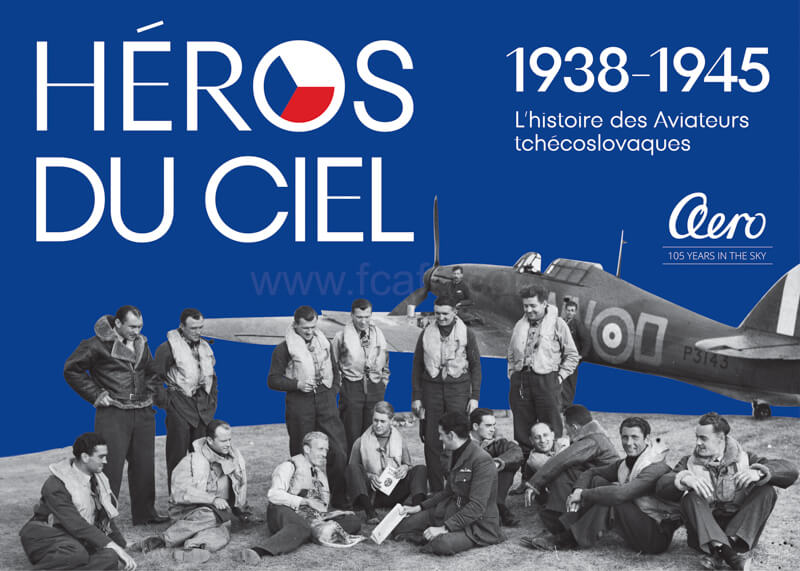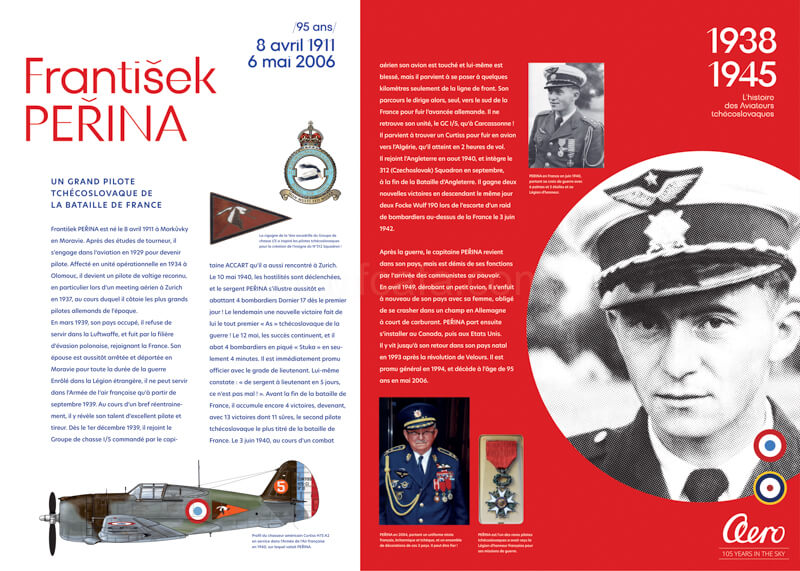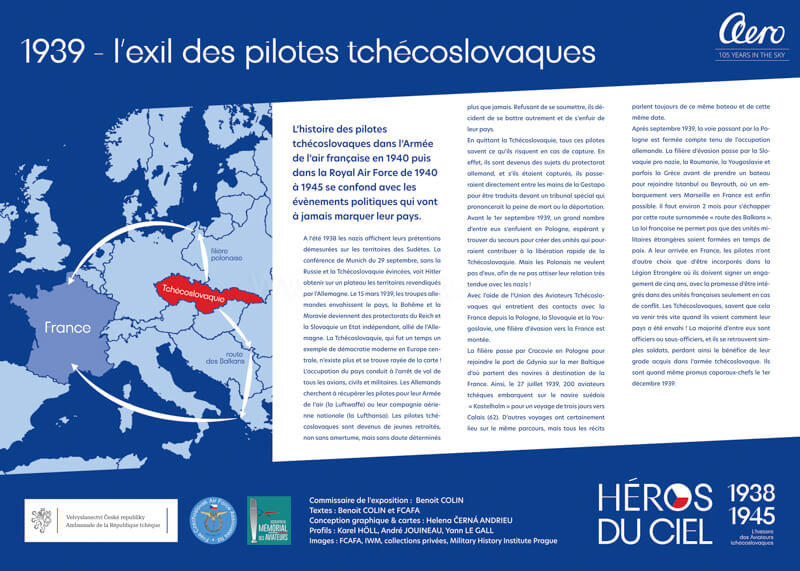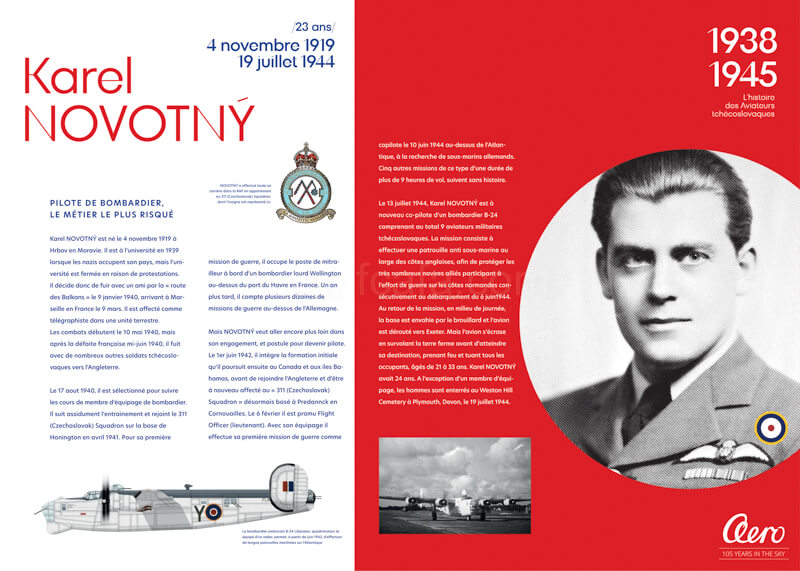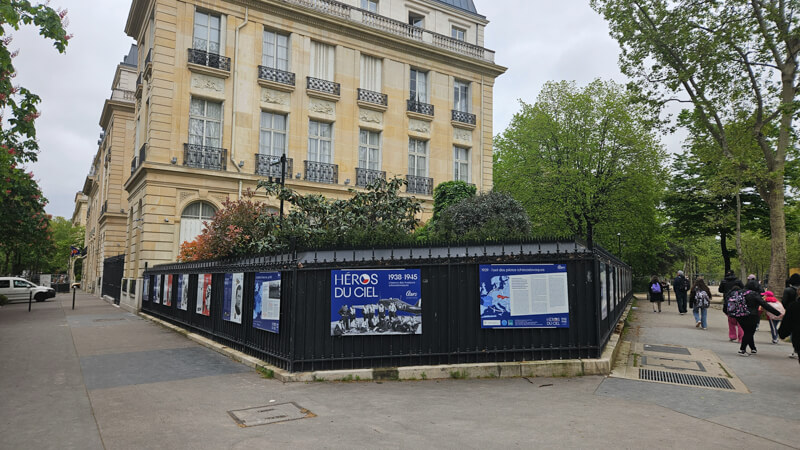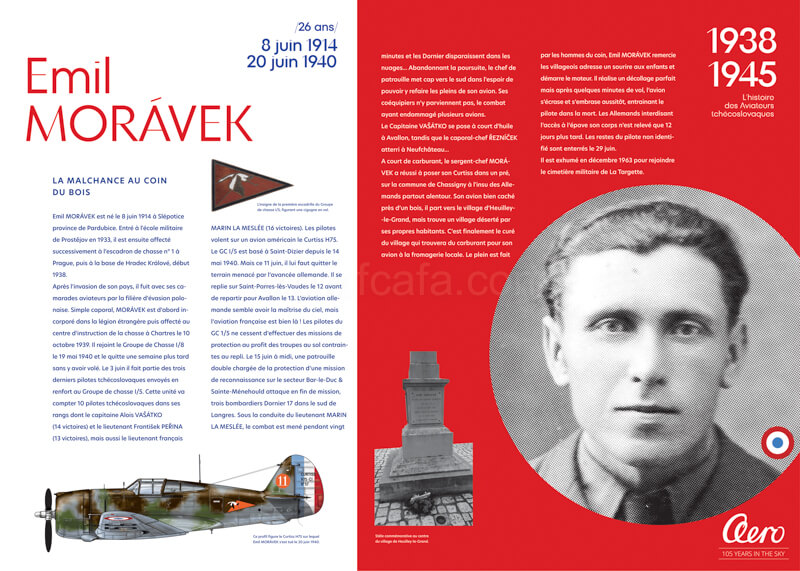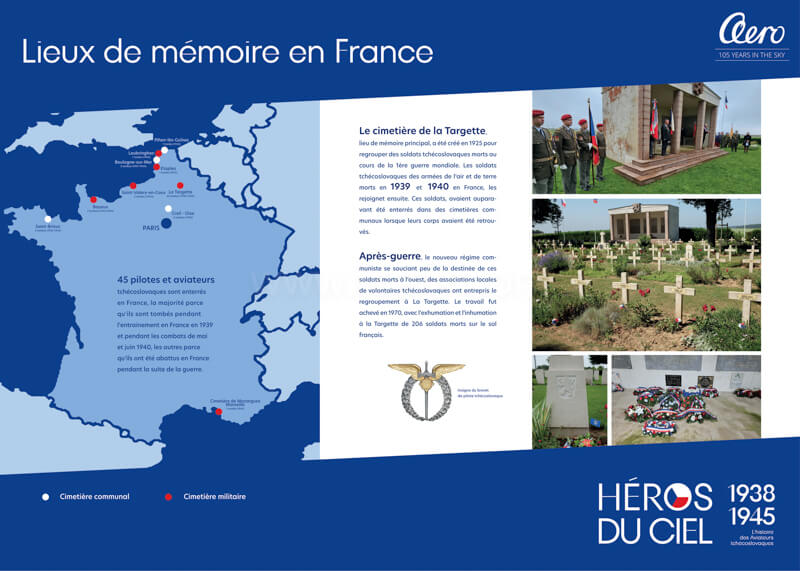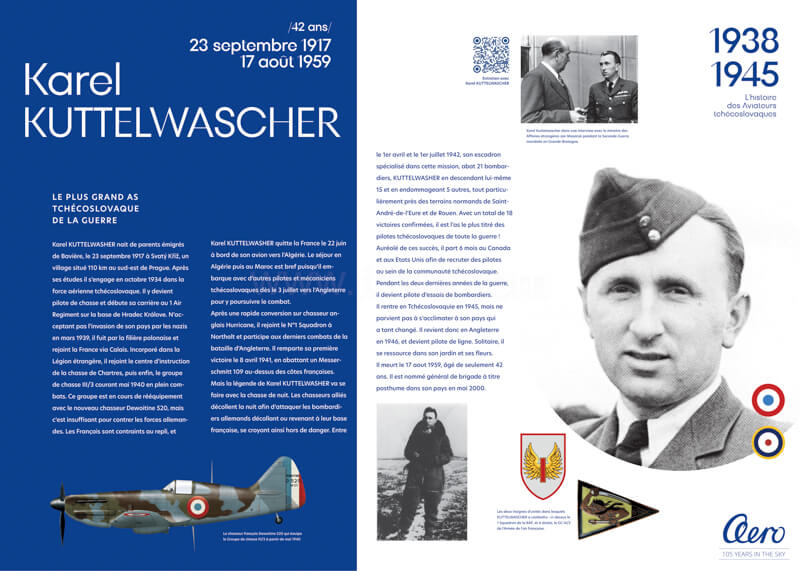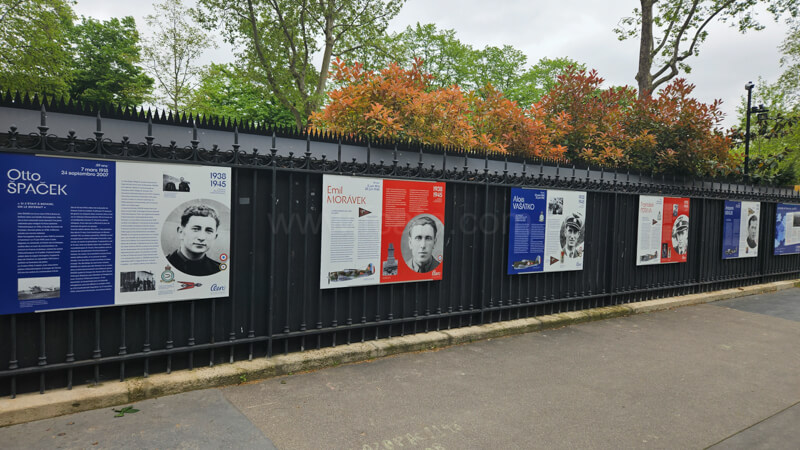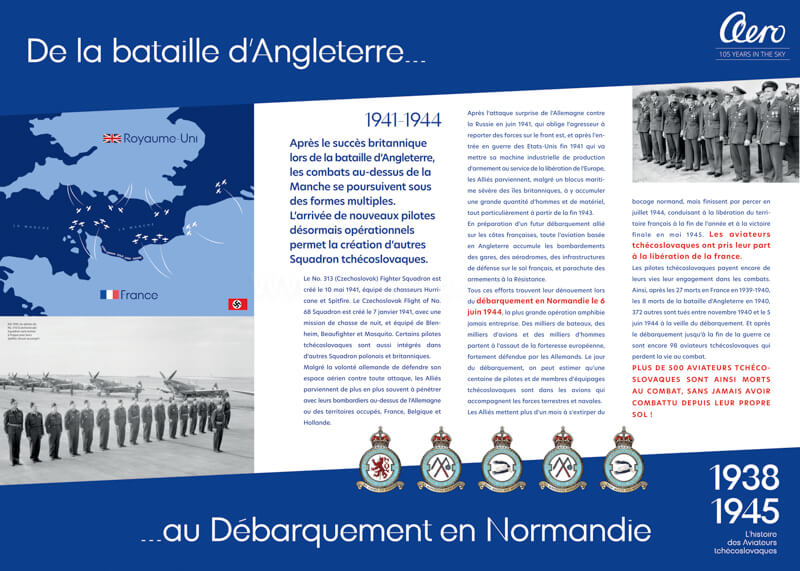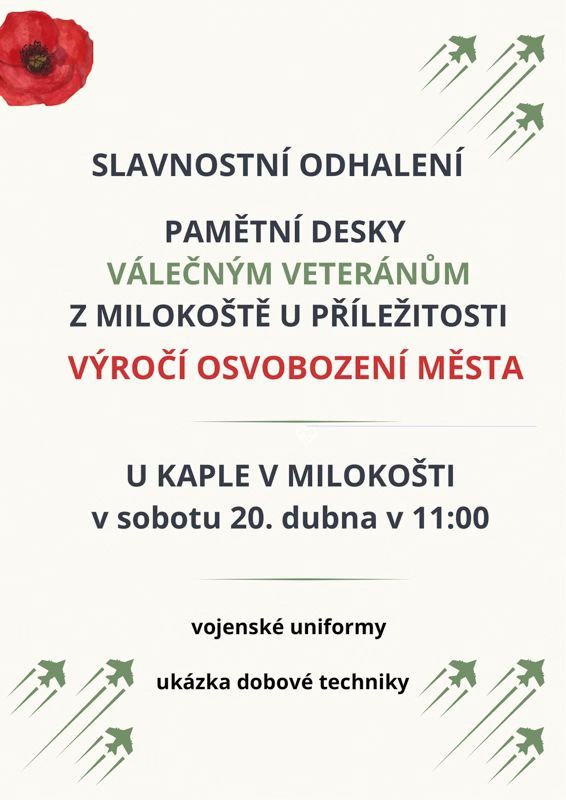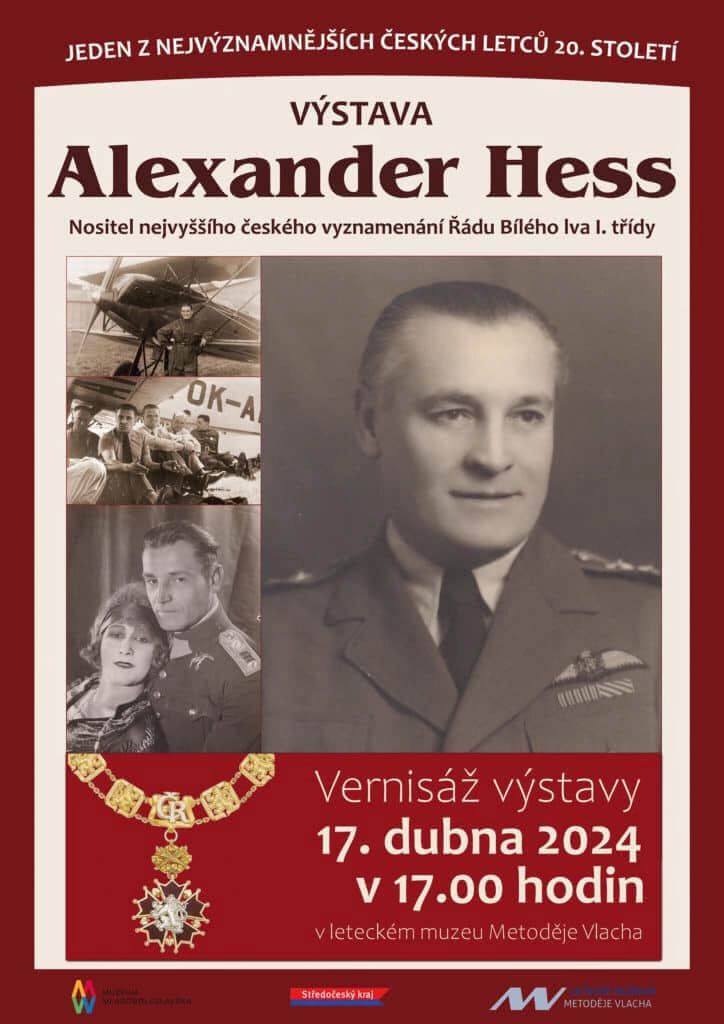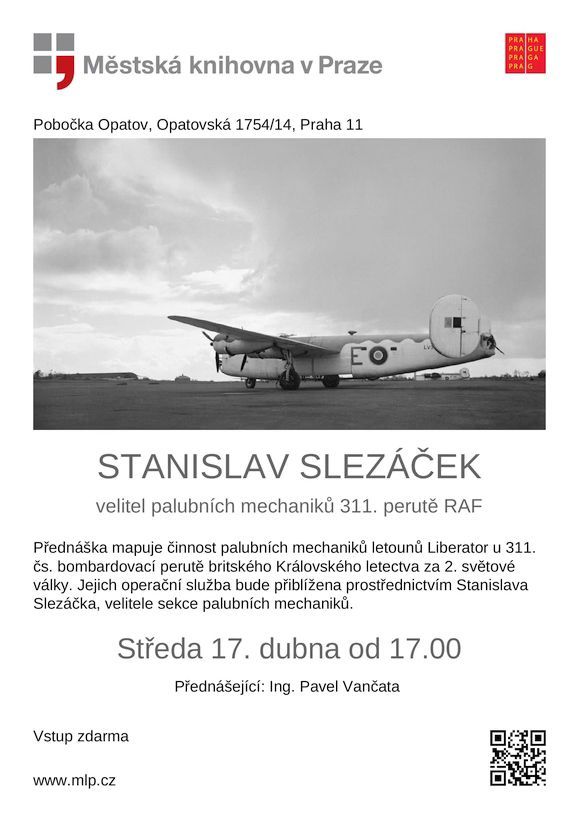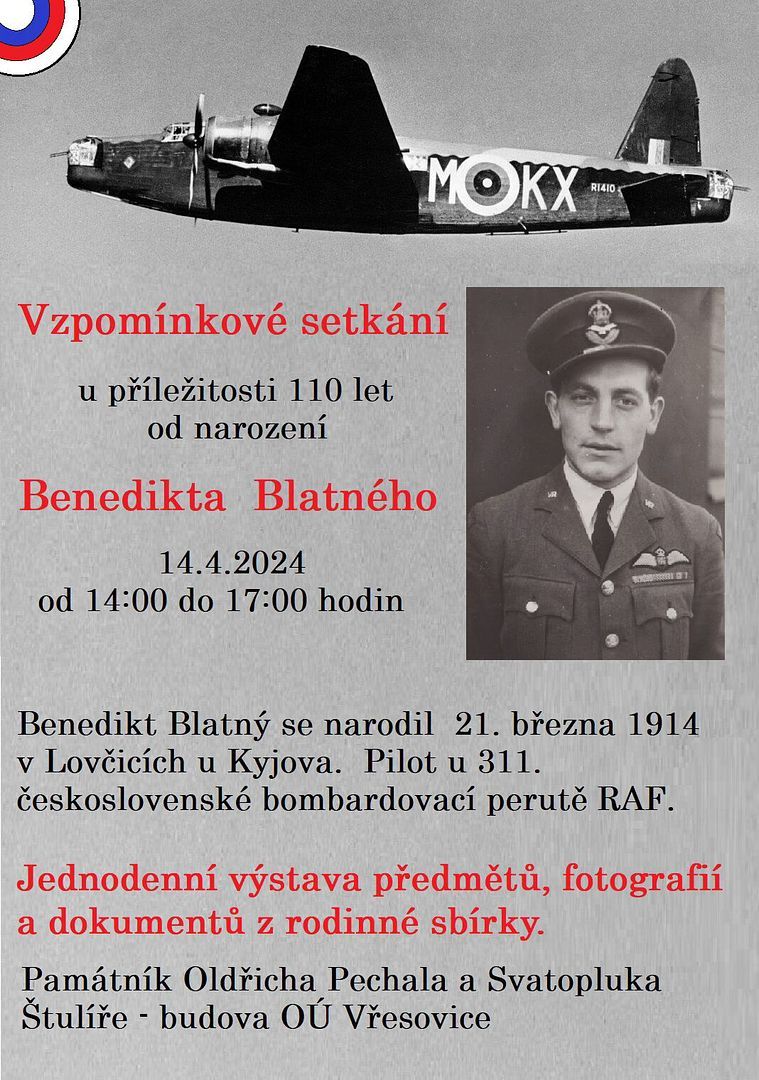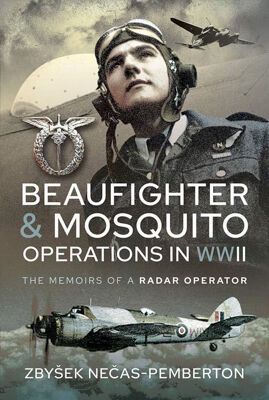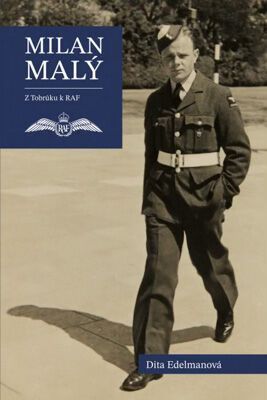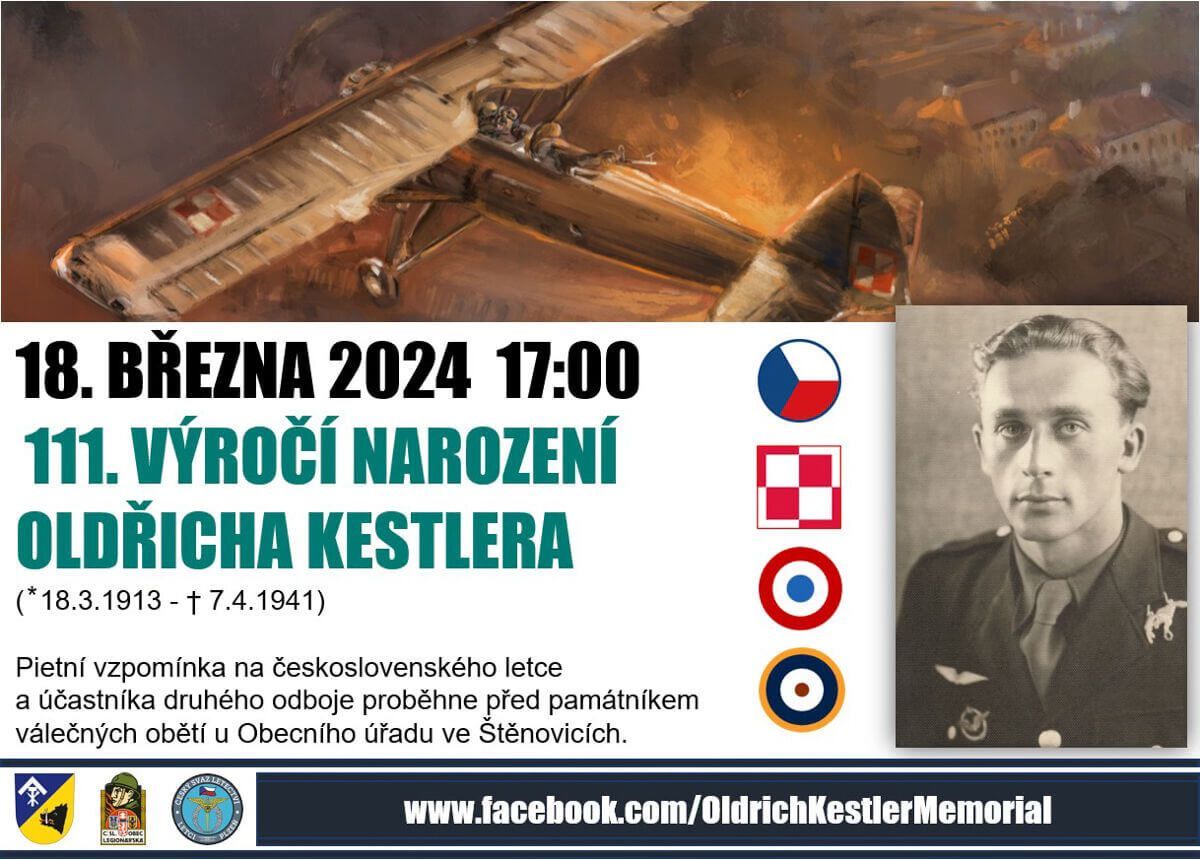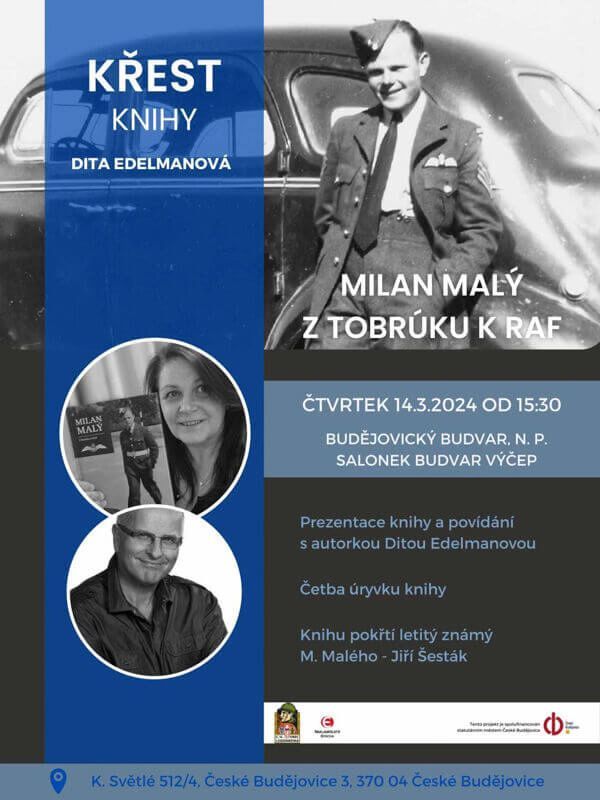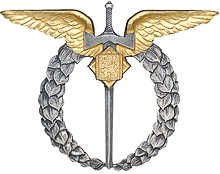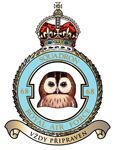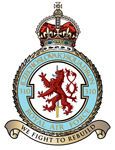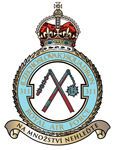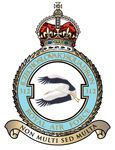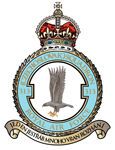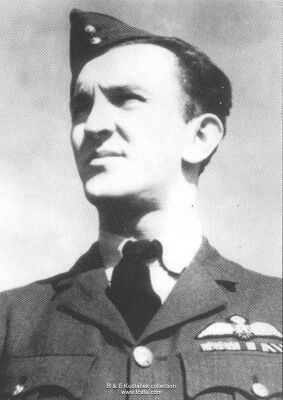
Josef Stransky
…………….* 10.12.1914, Borová.
…………….† 21.06.1944, St. Valery en Caux, France.
The Early Years:
Raná léta:
Josef Stránský was born on 10 December 1914 at Borová near Německý Brod, now Havlíčkův Brod, about 130km South East of Prague. He was the son of Josef and his wife Maria Stránský who were farmers and also innkeepers there.
Josef Stránský se narodil 10. prosince 1914 v Borové u Německého Brodu, dnes Havlíčkův Brod, asi 130 km jihovýchodně od Prahy. Byl synem Josefa a jeho manželky Marie Stránských, kteří zde hospodařili ve své zemědělské usedlosti a současně provozovali hostinec.
For his schooling, he attended five years of elementary education in Borová, then three years at the Municipal school also in Borová, and then the fourth year at the municipal school in nearby Chotěbor, about 30km West of Borová. From there he had short-term employment as a locksmith prior to being accepted at the State Engineering School at Pardubice where he studied engineering and graduated in June 1934.
Základní školu navštěvoval pět let v Borové, pak tři roky na měšťanské škole rovněž v Borové a čtvrtý rok pak na měšťanské škole v nedaleké Chotěboři, asi 30 km západně od Borové. Po skončení školní docházky měl krátkodobé zaměstnání jako zámečník, než byl přijat na Státní průmyslovou školu strojnickou v Pardubicích, kde studoval obor strojírenství, který v červnu 1934 zakončil maturitní zkouškou.
Military Service:
Vojenská služba:
A year later he enlisted for his military service in the Dragounský pluk 8 (8th Dragoon Regiment), a cavalry regiment based at Pardubice, where he attended the Cavalry Officers School. After graduating in September 1936, he volunteered to attend the Military Aviation Academy at Hranice. For his second year, he was selected for pilot training and was transferred to the Military Aviation Academy at Prostějov for a training course which he completed in 1938, having been promoted to the rank of poručík (Lieutenant).
O rok později nastoupil vojenskou službu u 8. Jezdeckého pluku se sídlem v Pardubicích, kde navštěvoval jezdeckou důstojnickou školu. Po jejím absolvování v září 1936 se dobrovolně přihlásil ke studiu na Vojenské letecké akademii v Hranicích. Ve druhém ročníku byl vybrán k pilotnímu výcviku a byl převelen na Vojenskou leteckou akademii v Prostějově do výcvikového kurzu, který ukončil v roce 1938 a byl vyřazen v hodnosti poručíka.
On 1 September that year he was posted, as an operational pilot for multi-engined aircraft, to the 5th Aviation Regiment who were deployed at Brno. During the mobilisation later that month, he served as an observer with the regiment’s 82nd heavy bomber squadron at Křižanov airfield, about 40km North- West of Brno, and equipped with MB-200 aircraft.
Dne 1. září téhož roku byl zařazen jako operační pilot vícemotorových letadel k 5. leteckému pluku, který byl dislokován v Brně. Během mobilizace koncem téhož měsíce sloužil jako pozorovatel u 82. těžké bombardovací letky pluku na letišti Křižanov, vzdáleném asi 40 km severozápadně od Brna a vybaveném letouny MB-200.
Occupation:
Okupace:
The Germans occupied Czechoslovakia on 15 March 1939. Under pressure, Emil Hácha, the Czechoslovak President, had ceded to their demands. In the early hours of 15 March 1939, he had ordered all Czechoslovak military units to stand down, remain in their barracks and not resist the occupation. By dawn that day, the Germans began their occupation of Czechoslovakia. Germanisation of Bohemia and Moravia began immediately; they were now the Reich Protectorate of Bohemia and Moravia (Protektorat Böhmen und Mähren), while Slovakia, in return for its allegiance to Nazi Germany, had become the ‘puppet’ independent state of Slovakia. Within a few days of their occupation, the Germans disbanded the Czechoslovak military and all personnel were dismissed.
Němci obsadili Československo za úsvitu dne 15. března 1939. Československý prezident Emil Hácha pod tlakem ustoupil jejich požadavkům. V ranních hodinách 15. března 1939 nařídil všem československým vojenským jednotkám, aby se stáhly, zůstaly v kasárnách a okupantům nekladly odpor. Germanizace území Čech a Moravy začala vzápětí. Celé území se nyní stalo Říšským protektorátem Čechy a Morava (Protektorát Böhmen und Mähren), zatímco Slovensko se výměnou za loajalitu k nacistickému Německu stalo “loutkovým” samostatným státem Slovensko. Během několika dní po okupaci Němci rozpustili jednotky československé armády a veškerý personál byl vyřazen.
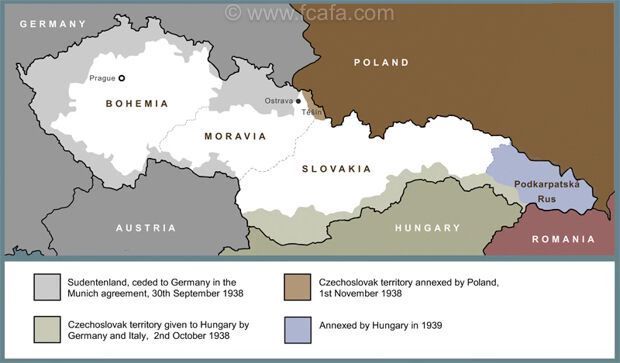
German occupation of Czechoslovakia, 15 March 1939. Německá okupace Československa, 15. březen 1939.
Just four days later, on 19 March 1939, former Senior officers of the now-disbanded Czechoslovak military started to form an underground army, known as Obrana Národa [Defence of the Nation]. Obrana Národa also worked in co-operation with Svaz Letců, the Airman Association of Czechoslovakia. One of their objectives was to assist as many airmen and soldiers as possible to get to neighbouring Poland where Ludvík Svoboda, a former distinguished Czechoslovak Legionnaire from WW1, was planning the formation of Czechoslovak military units to fight for the liberation of their homeland. These two organisations provided money, courier and other assistance to enable former military personnel to escape to Poland.
Ale již o čtyři dny později, 19. března 1939, začali bývalí vyšší důstojníci rozpuštěné československé armády vytvářet ilegální armádu, známou též jako “Obrana národa”. Obrana Národa také spolupracovala se Svazem letců – organizací, která sdružovala letce z bývalého Československa. Jedním z jejich cílů bylo pomoci co největšímu počtu letců a vojáků dostat se do sousedního Polska, kde Ludvík Svoboda, bývalý československý legionář z 1. světové války, plánoval vytvoření československých vojenských jednotek, které by bojovaly na straně Spojenců za osvobození vlasti. Tyto dvě organizace poskytovaly peníze, kurýrní a jinou pomoc, aby těmto dobrovolníkům umožnily bezpečný přechod do Polska.
For the former military personnel and many patriotic Czech citizens, this was a degrading period. Many sought to redress this shame and humiliation and wanted to fight for the liberation of their homeland. Within Czechoslovakia, former military personnel and civilian patriots covertly started to arrange for former Air Force and Army personnel to be smuggled over the border into Poland to join these newly-formed Czechoslovak units. Usually, this was by crossing the border from Czechoslovakia’s Ostrava region.
Pro bývalé vojáky a mnohé vlastenecky cítící české občany to bylo ponižující období. Mnozí se snažili tuto hanbu a ponížení napravit a chtěli bojovat za osvobození své vlasti. V rámci Československa začali bývalí vojáci a civilní vlastenci tajně organizovat převádění bývalých příslušníků letectva a armády přes hranice do Polska, aby se připojili k těmto nově vznikajícím československým jednotkám. Obvykle se tak dělo přechodem státní hranice na Ostravsku.
To Poland:
Do Polska:
With the help of those two organisations, Josef and ten other officers from the 5 Air Regiment successfully managed to covertly cross the border near Šenov u Ostravy into Poland on 10 July and reported for duty to the Czechoslovak Consulate at Kraków on 22 July.
S pomocí těchto dvou organizací se Josefovi a dalším deseti důstojníkům z 5. leteckého pluku podařilo 10. července úspěšně tajně překročit hranice u Šenova u Ostravy do Polska a 22. července se tak mohli ohlásit na československém konzulátu v Krakově.
Whilst arrangements were made for their journey to France, in the interim, they were transferred to Bronowice Małe, a former Polish army barracks on the outskirts of Krakow. With 546 other escapees, Josef left there by train for the Polish Baltic port of Gdynia where, on 29 July, they boarded the MS ‘Chroby’, a Polish trans-Atlantic passenger ship on her maiden voyage to South America. On 31 July they arrived at Boulogne, France.
Zatímco se diplomatickou cestou připravovala jejich cesta do Francie, byli dislokováni do Malych Bronowic, areálu bývalých polských armádních kasáren na okraji Krakova. Spolu s dalšími 546 uprchlíky odtud Josef odjel vlakem do polského baltského přístavu Gdyně, kde se 29. července nalodil na palubu MS “Chrobry”, polské transatlantické osobní lodi na její první plavbě do Jižní Ameriky. Dne 31. července dorazili do Boulogne ve Francii.
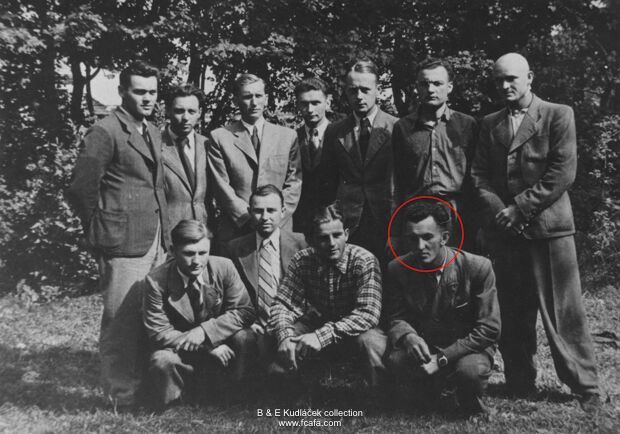
Josef with other Czechoslovak escapees, Bronowice Małe 24.7.1939. / Josef s dalšími československými uprchlíky, Bronowice Małe 24.7.1939.
To France:
Do Francie:
Initially Josef and some of his fellow escapees were housed at Base Aérienne de Saint Cyr, at Saint Cyr, about 400km West of Paris, whilst the formalities of acceptance into the French Foreign Legion were undertaken prior to being sent to the Foreign Legion training camp at Sidi-bel-Abbès in Algeria.
Zpočátku byli Josef a řada jeho kolegů ubytováni na základně Base Aérienne de Saint Cyr v Saint Cyr, asi 400 km západně od Paříže, kde se vyřizovali formality spojené s přijetím do francouzské Cizinecké legie, než byli posláni do výcvikového tábora Cizinecké legie v Sidi-bel-Abbès v Alžírsku.
However before that had been completed, war was declared on 3 September 1939, resulting in Josef being released from his Legion service on 7 October 1939, and transferred, at the rank of sergeant, to l’Airmée de l’Air training base at Toulouse for retraining on French twin-engine Marcel Bloch MB 200BN.4 and MB 210BN.5 heavy bomber aircraft. During this period he was promoted to the rank of Lieutenant. Josef was still undergoing his training when this phony war period came to an abrupt end with the Germans invading France on 10 May 1940. The rapidity of their Blitzkrieg quickly caused the Allied forces to retreat Westwards until the French capitulated on 22 June 1940.
Ještě předtím však Francie 3. září 1939 vyhlásila válku Německu, v důsledku čehož byl Josef 7. října 1939 vyvázán ze služby v legii a v hodnosti seržanta převelen na výcvikovou základnu l’Airmée de l’Air v Toulouse, kde se přeškoloval na francouzské dvoumotorové těžké bombardovací letouny Marcel Bloch MB 200BN.4 a MB 210BN.5. Během tohoto období byl povýšen do hodnosti poručíka. Josef stále ještě procházel výcvikem, když se vyhlášená válka stala realitou poté, kdy 10. května 1940, Němci Francii vojensky napadli. Rychlost jejich bleskové války však způsobila, že spojenecká vojska musela rychle ustupovat na západ, až Francouzi 22. června 1940 kapitulovali.
Evacuation:
Evakuace:
During those final days, the Czechoslovak airmen were released from their l’Armée de l’Air service so that they could be evacuated to continue the war from England. Those at Toulouse travelled in a group commanded by Captain Emil Bušina to Port Vendres, on the Mediterranean coast, about 150km away. There, on the 19 June, they embarked on the SS ‘Meonia’ to Oran, Algeria. From Oran, they travelled for four days by train across the Sahara Desert to Casablanca, Morocco from where they boarded the ‘Gib-el-Dersa’, which sailed at 15:12 on 29 June 1940 to Gibraltar, arriving at 11:00 on 30 June. Here they changed ships to the ’Neutralia’ and sailed on 5 July, in a convoy of about 30 other ships, for Liverpool, England, arriving on 12 July 1940. Along with most of the Czechoslovaks, Josef’s path first led to the Czechoslovak resettlement camp at Cholmondeley Park, near Chester.
Během těchto posledních dnů na francouzské půdě byli českoslovenští letci propuštěni ze služby v l’Armée de l’Air, aby mohli být evakuováni a v boji v řadách Spojenců tak z ostrovů Spojeného království pokračovat. Ti z Toulouse cestovali ve skupině pod velením kapitána Emila Bušiny do Port Vendres na pobřeží Středozemního moře, vzdáleného asi 150 km. Tam 19. června nastoupili na palubu lodi SS “Meonia”, která je dopravila do Oranu v Alžírsku. Z Oranu cestovali čtyři dny vlakem přes Saharu do Casablanky v Maroku, odkud se 29. června 1940 na lodi “Gib-el-Dersa”, vypravili na Gibraltar, kam dorazili následující den v 11.00. Zde přestoupili na loď “Neutralia” a 5. července odpluli v konvoji asi 30 dalších lodí do Liverpoolu v Anglii. Do Liverpoolu dorazili 12. července 1940 a spolu s většinou Čechoslováků vedla Josefova cesta nejprve do československého sběrného tábora v Cholmondeley Parku u Chesteru.
RAF:
After security vetting, Josef was transferred, on 8 October, to the Czechoslovak Airman’s Depot at Cosford, near Wolverhampton. There he was accepted into the RAF Volunteer Reserve, at the rank of P/O.His first posting was on 28 October 1940, to 24 Sqn at RAF for a conversion course onto British multi-engined bomber aircraft.On completion of that training he was promoted to the rank of F/O and on 14 March 1941, was posted to 311 (Czechoslovak) Sqn who were in RAF Bomber Command. The squadron was deployed at East Wretham, Norfolk, and equipped with Vickers Wellington Mk.Ia and Mk.1c bomber aircraft. There he undertook operational training and made his first operational flight on the night 10th/11th June as co-pilot to S/Ldr Josef Šnajdr in Wellington Mk Ic R1021, W, for a successful raid on the docks at Boulogne, France. Take-off was at 23:19 and return at 01:30. After a further eight flights as co-pilot, he made his first operational flight as Captain on 7 August for a 5hr 28 min successful bombing raid on Hamm, in the industrial Ruhr region of Germany, flying Wellington 8784, U.
Po bezpečnostní prověrce byl Josef 8. října převelen do československého leteckého střediska v Cosfordu u Wolverhamptonu. Tam byl přijat do dobrovolné zálohy RAF v hodnosti poručíka. Nejdříve byl vyslán 28. října 1940 ke 24. peruti RAF na kurz přeškolení na britské vícemotorové bombardovací letouny. Po ukončení tohoto výcviku byl povýšen do hodnosti nadporučíka a 14. března 1941 byl odvelen k 311. (československé) peruti, která byla podřízena velitelství bombardovacích letounů RAF. Peruť byla dislokována v East Wrethamu v Norfolku a byla vyzbrojena bombardovacími letouny Vickers Wellington Mk.IA a Mk.1C. Zde absolvoval operační výcvik a svůj první operační let uskutečnil v noci z 10. na 11. června jako druhý pilot s majorem Josefem Šnajdrem v letounu Wellington MkI R1021, W, při úspěšném náletu na doky v Boulogne ve Francii. Vzlet byl ve 23:19 a návrat v 01:30. Po dalších osmi startech v roli druhého pilota uskutečnil 7. srpna svůj první operační let už v hodnosti kapitána při úspěšném náletu na město Hamm v průmyslovém Porúří v Německu v délce 5 h 28 min na Wellingtonu 8784.
In total, Josef flew 32 night bombing raids on various targets in France, Germany and Holland. Flight times for these raids would vary between 2 to 7 hours depending on the target. On 27 March 1942 he was promoted to the rank of Acting S/Ldr and appointed Commander of the squadron’s ‘B’ flight.
U. Celkem absolvoval Josef 32 nočních bombardovacích náletů na různé cíle ve Francii, Německu a Holandsku. Doba letu při těchto náletech se pohybovala od 2 do 7 hodin v závislosti na vzdálenosti cíle. Dne 27. března 1942 byl povýšen do hodnosti zástupce majora a jmenován velitelem letu “B” perutě.
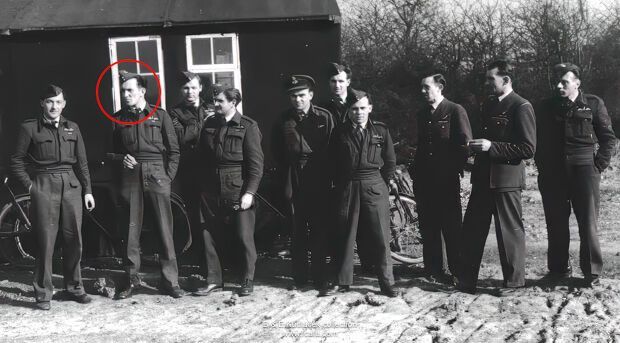
Josef with other 311 Sqn Czechoslovak airmen. / Josef s dalšími československými letci od 311. perutě.
Coastal Command:
Pobřežní velitelství:
During April 1942, 311 Sqn were transferred from RAF Bomber Command to RAF Coastal Command, primarily because the squadron had suffered heavy losses on those bombing raids and also now the Battle of the Atlantic was at a critical stage – Allied shipping was bringing in desperately-needed war supplies and food from North America but incurring high losses due to the German kreigsmarine U-boats sinking them. Initially the squadron was deployed at Aldegrove, Northern Ireland for re-training for their maritime role and then to Talbenney, in Pembrookshire, South Wales on 10 June for operational duties, still operating with Wellington 1C aircraft, which had been newly adapted. Their role was to undertake anti-submarine patrols, primarily over the Bay of Biscay area where, from their base at Brest, U-boats would be returning from patrols or outgoing in search of Allied shipping in the Atlantic.
V dubnu 1942 byla 311. peruť převelena od Bombardovacího velitelství RAF k Pobřežnímu velitelství RAF. Především proto, že peruť utrpěla během bombardovacích náletů značné ztráty a také proto, že bitva o Atlantik se nyní nacházela v kritické fázi. Spojenecké lodě přivážely ze Severní Ameriky zoufale potřebný válečný materiál a potraviny, ale měly také značné ztráty, způsobené německými ponorkami, které v Biskajském zálivu operovaly. Zpočátku byla peruť nasazena v Aldegrove v Severním Irsku k přeškolení na svou námořní roli a od 10. června pak v Talbenney v Pembrookshire v Jižním Walesu k plnění operačních úkolů, přičemž stále operovala s nově upravenými letouny Wellington 1C. Jejich úkolem bylo hlídkovat nad oblastí Biskajského zálivu, kudy ze základny v Brestu německé ponorky vyplouvaly nebo se vracely z pátrání po plavidlech Spojenců v Atlantiku.
The squadron returned to Bomber Command for a raid on Bremen on the night of 25/26 June 1942, the third of the 1000 bomber raids on Germany For this raid 960 RAF bombers took part, 14 of which were from 311 Sqn, 11 of which reached the target. For this raid the squadron re-deployed to RAF Bircham Newton, near Kings Lynn, Norfolk. Stránský was flying Wellington DV664, A. taking off at 23:09. During that raid the rear and port wing of the Wellington was heavily damaged, but he managed to safely return to base, landing at 05:02.
V noci z 25. na 26. června 1942 se peruť opět vrátila k Bomber Command, aby se účastnila náletu na Brémy, t.č. třetího z celkových 1000 bombardovacích náletů na Německo. Tohoto náletu se zúčastnilo 960 bombardérů RAF, z toho 14 od 311. perutě, z nichž 11 dosáhlo cíle. Před tímto náletem se peruť přemístila na základnu RAF Bircham Newton poblíž Kings Lynn v Norfolku. Stránský letěl na Wellingtonu DV664, A. a šel do vzduchu ve 23:09. Během tohoto náletu byla zadní část a levé křídlo jeho Wellingtonu silně poškozeno, ale podařilo se mu bezpečně vrátit na základnu, kde přistál v 05:02 hod.
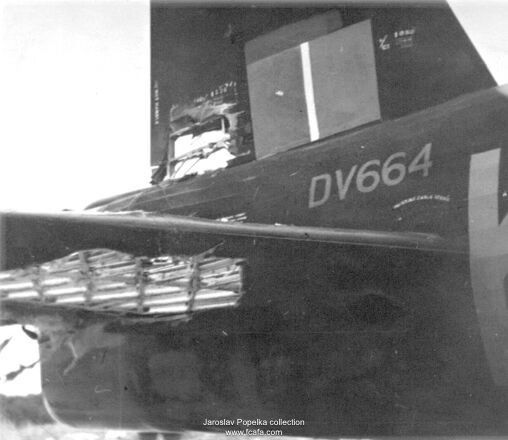
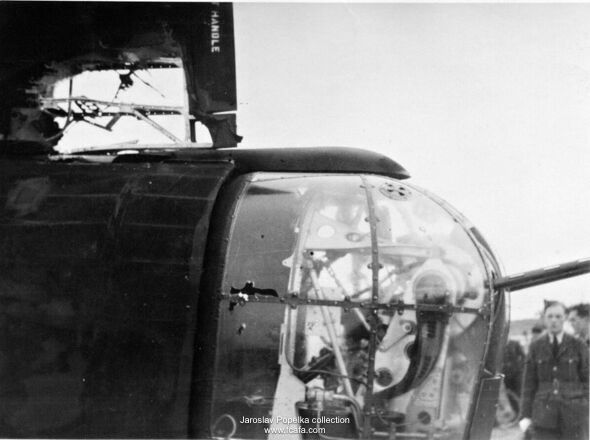
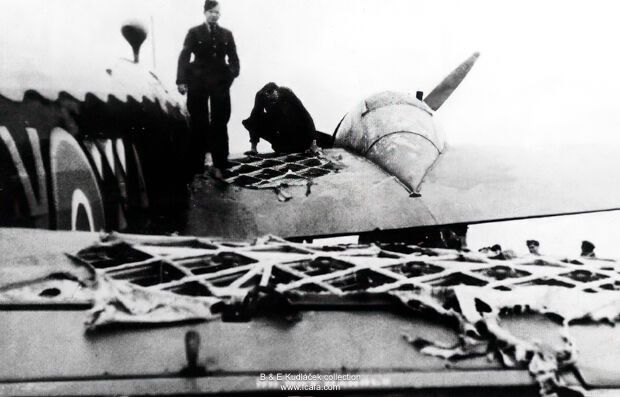
On July 27, 1942, during a patrol lasting 10hrs 23 min, U-boat U-106, commanded by Kapitänleutnant Hermann Rasch, was sighted 400km north of the Spanish city of La Coruña and attacked. For this action Josef was awarded the Distinguished Flying Cross.
27. července 1942 byl během hlídky trvající 10 hodin a 23 minut zpozoroval 400 km severně od španělského města La Coruña ponorku U-106, které velel kapitánporučík Hermann Rasch, a zaútočil na ni. Za tuto akci byl Josef vyznamenán Záslužným křížem letectva.
On 17 September 1942, three aircraft from 311 Sqn were detailed to attack shipping at Bordeaux. Stránský was flying Wellington DV664, A. taking off at 15:32, During that patrol, they sighted two Luftwaffe Arado Ar-196A-33 single engine fighter aircraft about 3 to 4 miles away. Stránský’s front gunner fired at the leading Arado hitting its engine which began to smoke and then broke off to port. The 2nd Arado attacked the Wellington which sustained hits at the rear of the aircraft and slightly wounding Sgt Ladislav Schäffer, the rear gunner. Despite this damage, Stránský’ safely returned to base at Talbenny, landing at 20:32.
Dne 17. září 1942 byly tři letouny od 311. perutě pověřeny útokem na nepřátelský lodní provoz u přístavu Bordeaux. Stránský letěl na Wellingtonu DV664, A., vzlétl v 15:32. Během této hlídky spatřili dva jednomotorové stíhací letouny Luftwaffe Arado Ar-196A-33, vzdálené asi 3 až 4 míle. Stránského přední střelec vypálil dávku na vedoucí Arado a zasáhl jeho motor, který začal kouřit, a poté se zřítil na levobok. Druhé Arado zaútočilo na Wellington, který dostal zásah do zadní části letounu, přičemž byl lehce zraněn seržant Ladislav Schäffer, zadní střelec. Navzdory tomuto poškození se Stránský’ bezpečně vrátil na základnu v Talbenny a přistál zde ve 20:32.
Josef made a total of 25 patrols whilst with 311 Sqn in Coastal Command. On completion of his operational tour, for his rest period he was appointed Commander of the Czech Flight at No 6 (Coastal) Operational Training Unit, at RAF Thornaby, near Stockton-on-Tees, on 14 January 1943.
Během působení u 311. perutě při Pobřežním velitelství, absolvoval Josef celkem 25 operačních hlídek. Po ukončení operačního turnusu byl 14. ledna 1943 jmenován velitelem české letky u No. 6 (Coastal) OTU v RAF Thornaby u Stockton-on-Tees.
That 10 August he was promoted to the rank of S/Ldr and posted to RAF Silloth. He requested to return to operational flying but did not want to return to long anti- submarine patrols which did not suit his combative nature. Instead, on 31 December he was posted to 12 (P) AFU (Pilots Advanced Flying Unit) for advanced training to night fighter, where he re-trained on twin-engined De Havilland Mosquito FR Mk VI fighter-bomber aircraft.
Dne 10. srpna byl povýšen do hodnosti majora a současně převelen na základnu RAF Silloth. Požádal o návrat k operačnímu létání, ale nechtěl se vrátit k dlouhým protiponorkovým hlídkám, které nevyhovovaly jeho bojovému naturelu. Namísto toho byl 31. prosince vyslán k 12 (P) AFU (Pilots Advanced Flying Unit) ke zdokonalovacímu výcviku na nočního stíhače, kde se přeškolil na dvoumotorové stíhací bombardéry De Havilland Mosquito FR Mk VI.
140 Wing Airfield HQ:
Velitelství letiště 140. Wing
On completion of that training course he was posted, on 6 March 1944, to 140 Wing Airfield HQ, at RAF Hunsdon, Hertfordshire. The Wing comprised 21 Sqn RAF, 464 (RAAF) Sqn and 487 (RNZAF) Sqn and undertook numerous low-level bombing operations including Operation Jericho, the Amiens prison raid on 18 March 1944 and Operation Carthage, against the Gestapo headquarters in Copenhagen on 21 March 1945.
Po ukončení tohoto výcvikového kurzu byl 6. března 1944 přidělen ke 140. Wing Airfield HQ na základně RAF Hunsdon v Hertfordshiru. Tento Wing tvořily 21. peruť RAF, 464. (RAAF) peruť a 487. (RNZAF) peruť a Josef zde podnikl řadu bombardovacích operací v nízkých výškách, včetně operace Jericho, náletu na věznici v Amiensu 18. března 1944 a operace Kartágo proti velitelství gestapa v Kodani 21. března 1944.
21 Sqn:
U 21. perutě:
On 23 March 1944, Josef was posted, to 21 Sqn as A Flight Commander. The sqn was equipped with twin-engined Mosquito FB VI aircraft. There he crewed up with F/ O František Bouda as his navigator, a fellow Czechoslovak and also formerly from 311 Sqn who had been posted to the squadron a few days earlier. On 17 April, the squadron re-deployed to RAF Gravesend and from there on 26 April, Josef and František, made their first operational flight for a ‘Flower’ raid (a counter air patrol in the area of enemy airfields for preventing aircraft from taking off and attacking those aircraft that succeeded) on Brussels airfield, flying Mosquito FB VI LR371 from 23:20 and returning at 02:50. During this period in the lead up to D-Day the squadron was engaged in precision bombing raids on railway, bridge and road targets in Northern France to disrupt the German’s ability to move reinforcements to the Normandy area when the invasion began.
Josef byl 23. března 1944 přidělen k 21. peruti jako velitel letky A. Peruť byla vybavena dvoumotorovými letouny Mosquito FB VI. Zde tvořil posádku s npor. Františkem Boudou jako navigátorem, československým kolegou a rovněž bývalým příslušníkem 311. perutě, který byl k 21. peruti přidělen o několik dní dříve. Dne 17. dubna se peruť přemístila do RAF Gravesend a odtud 26. dubna Josef s Františkem uskutečnili svůj první operační let při náletu “Flower” (protiletecká hlídka v oblasti nepřátelských letišť pro zabránění startu jejich letadel a napadení těch z nich, kterým se to podařilo) na bruselské letiště, přičemž letěli na Mosquitu FB VI LR371 od 23:20 a vrátili se ve 02:50. Během tohoto období, které krátce předcházelo dni D (invaze v Normandii), se peruť podílela na přesných bombardovacích náletech na železniční a silniční infrastrukturu v severní Francii, aby tak narušila schopnost Němců přesunout posily do oblasti Normandie, až k invazi dojde.
Josef and František were to make a further four operational flights during this period on targets like the railway facilities at Abancourt on 1 May, similarly at Sequex on 8 May, in daylight, and bombing crossroads in the Cherbourg area on the night of 5/6 June, bombing and strafing airfields at night on 10 June and a road bridge on the following night.
Josef a František měli v tomto období uskutečnit další čtyři operační lety na cíle jako železniční zařízení v Abancourtu 1. května, podobně v Sequexu 8. května za denního světla a bombardování křižovatek v oblasti Cherbourgu v noci z 5. na 6. června, bombardování a ostřelování letišť v noci 10. června a silničního mostu následující noc.

Mosquito LR382, flown by Josef on D-Day. / Letoun Mosquito LR382, který Josef pilotoval v den D.
Last Flight:
Poslední let:
Their luck ran out on the night of 21 June 1944 when on a night bombing raid on the railway marshalling yards at Mezidon, a town about 20km South East of Caen, in the Normandy region of Northern France. The squadron was now deployed at RAF Thorney Island, near Chichester. They took off in Mosquito FB VI, NT182, at 01:00 but never returned.
Při nočním náletu na železniční seřaďovací nádraží v Mezidonu, městečku vzdáleném asi 20 km jihovýchodně od Caen v severofrancouzské Normandii, je v noci 21. června 1944 opustilo štěstí. Peruť byla nyní dislokována na základně RAF Thorney Island nedaleko Chichesteru. Vzlétli v letadle Mosquito FB VI, NT182, v 01:00, ale už se nevrátili.
The wreckage of their Mosquito, and their bodies, were found, about 100km away en-route back to England, on the coast of Normandy near St.Valery-en-Caux, and identified. There were no reports from Luftwaffe night fighters of any combat with an Allied aircraft in the area that night and the aircraft loss could be due to flak damage over the target or because the Mosquito was too low over the target when it dropped its bombs, and their explosion caused damage to the aircraft.
Trosky jejich Mosquita i jejich těla byly nalezeny asi 100 km daleko na trase zpět do Anglie, na pobřeží Normandie poblíž St Valery-en-Caux, a identifikovány. Nepodařilo se získat žádné zprávy od nočních stíhačů Luftwaffe, které by incident objasnily.
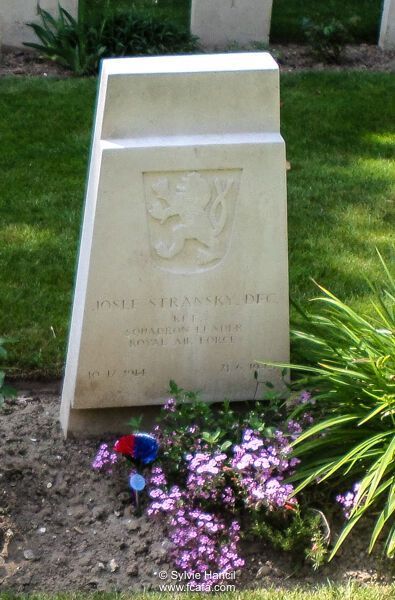
They are buried in a communal grave B31-32 at the CWGC cemetery at St Valery en Caux, Normandy, France. Josef was 29 and František was 28 years old.
Jsou pohřbeni ve společném hrobě B31-32 na hřbitově CWGC v St Valery en Caux, Normandie, Francie. Josefovi bylo 29 let a Františkovi 28 let.
_______________________________________________________________
Medals:
Medaile:
Czechoslovakia:
Válečný kříž 1939 [Czechoslovak War Cross 1939] and 3 bars
Za chrabrost před nepřítelem and 3 bars
Za zásluhy 1. stupně
Pamětní medaile se štítky F–VB
British / Velká Britanie: :
Distinguished Flying Cross
1939 – 45 Star
Air Crew Europe Star with France and Germany clasp
Atlantic Star
Defence Medal
War Medal
Remembered:
Pamětní místa:
_______________________________________________________________
Czech Republic:
Česká republika:
_______________________________________________________________
Havlíčkova Borová – Memorial Plaque:
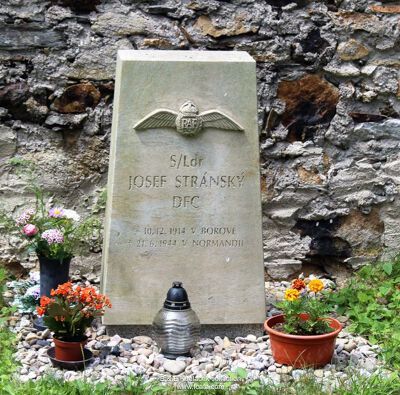
_______________________________________________________________
Havlíčkova Borová – Memorial:
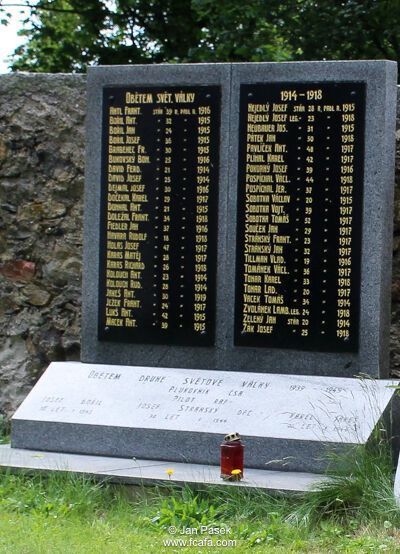
_______________________________________________________________
Prague 1 – St Vitus Cathedral / Praha 1 – Katedrála svatého Víta na Hradčanech:
He is remembered in the Remembrance book at <a href="
He is remembered in the Remembrance book at St Vitus Cathedral, Hradčany, Prague.
Je připomenut v Pamětní knize v katedrále svatého Víta na Hradčanech v Praze.
_______________________________________________________________
Prague 1 – Klárov:
In November 2017, his name, along with the names of 2507 other Czechoslovak men and women who had served in the RAF during WW2, was unveiled at the Winged Lion Monument at Klárov, Prague 1.
V listopadu 2017 bylo jeho jméno, spolu se jmény dalších 2 512 československých mužů a žen, kteří sloužili v RAF během 2. světové války, odhaleno na desce Pomníku Okřídleného lva na pražském Klárově.

_______________________________________________________________
Prague 3 – The Army Museum / Praha 3 – Armádní muzeum na Žižkově:
He is remembered on the Memorial Plaque at the Military History Institute, at Žižkov Prague.
Je zde připomenut na pamětní desce ve Vojenském historickém ústavu:
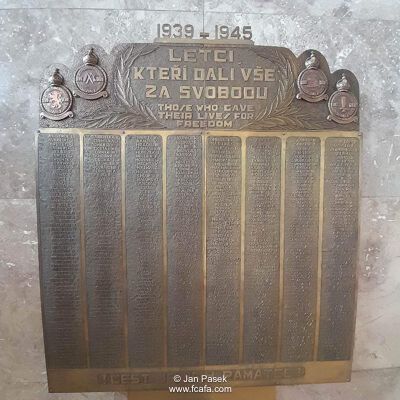
_______________________________________________________________
Prague 6 – Dejvice / Praha 6 – Dejvice :
He is named on the Memorial for the fallen Czechoslovak airmen of 1939-1945, at Dejvice, Prague 6.
Jeho jméno je uvedeno také na Památníku padlých československých letců 1939-1945 v Dejvicích, Praha 6.

_______________________________________________________________
Prague 9 – Černý Most:
Street named after him in the Černý Most District of Prague 9.
V Praze 9, je po něm pojmenovaná ulice Kpt. Stránského.
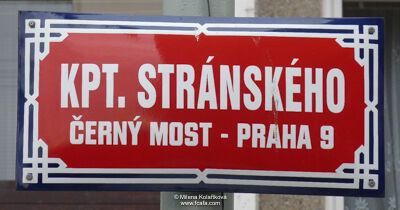
_______________________________________________________________
France:
Francie:
_______________________________________________________________
British D-Day Memorial : – Ver-sur-Mer.
Ver-sur-Mer – jedno z míst vylodění Spojenců na normandských plážích.
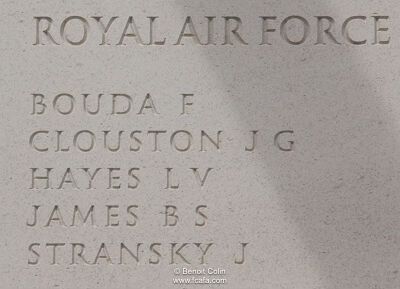
_______________________________________________________________
United Kingdom:
Spojené království:
_______________________________________________________________
London – St Clement Danes :
Josef Stránský is remembered in the Remembrance book at St Clements Danes Church, London.
Josef Stránský je zde vzpomenut v pamětní knize v kostele St Clements Danes v Londýně.
_______________________________________________________________
London – West Hampsted / Londýn – West Hampsted:
He is remembered on the Memorial Plaque at the Bohemia House, he former Czechoslovak National House, at West Hampsted, London.
Jeho jméno je připomenuto na pamětní desce na Bohemia House, bývalém Československém národním domě, ve West Hampstedu v Londýně:
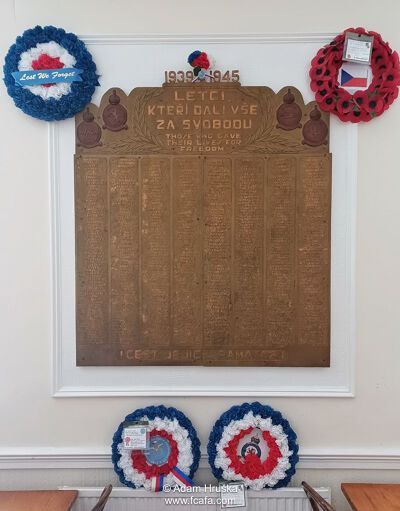
_______________________________________________________________
Article last updated 13 April 2024.
